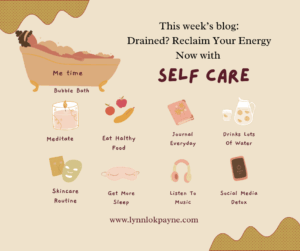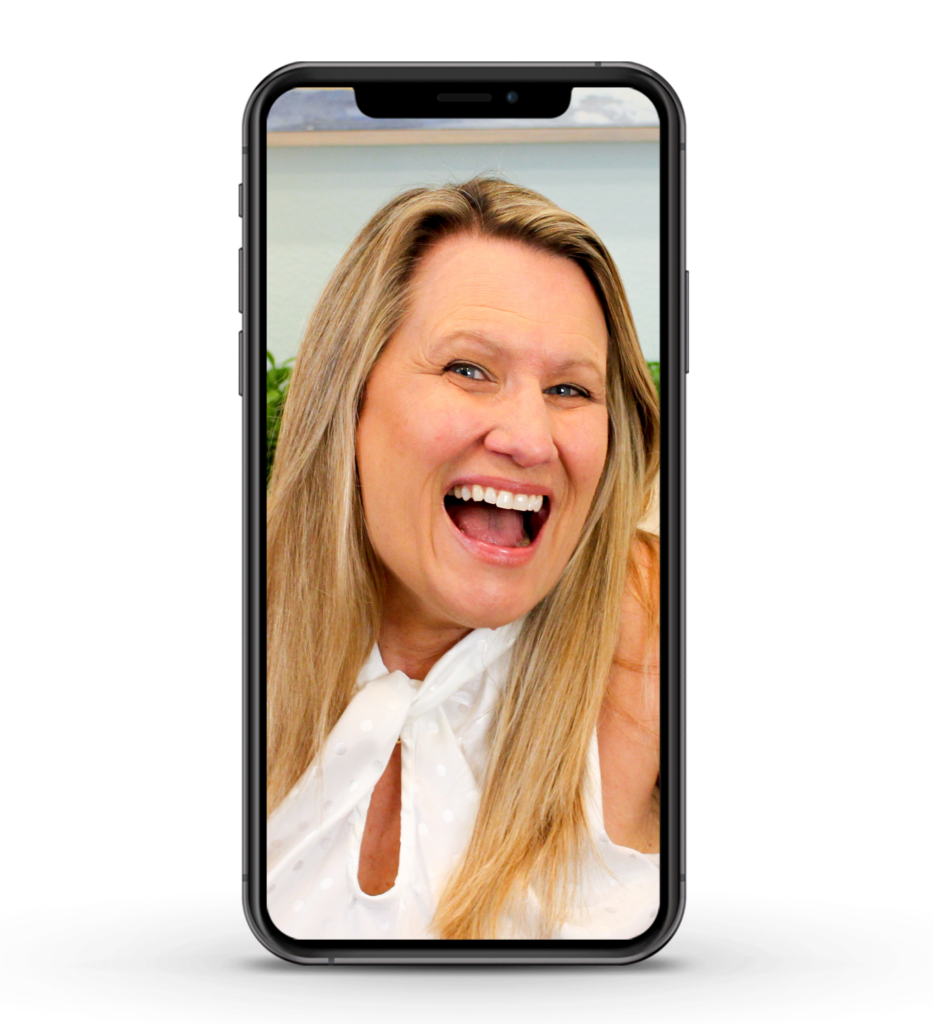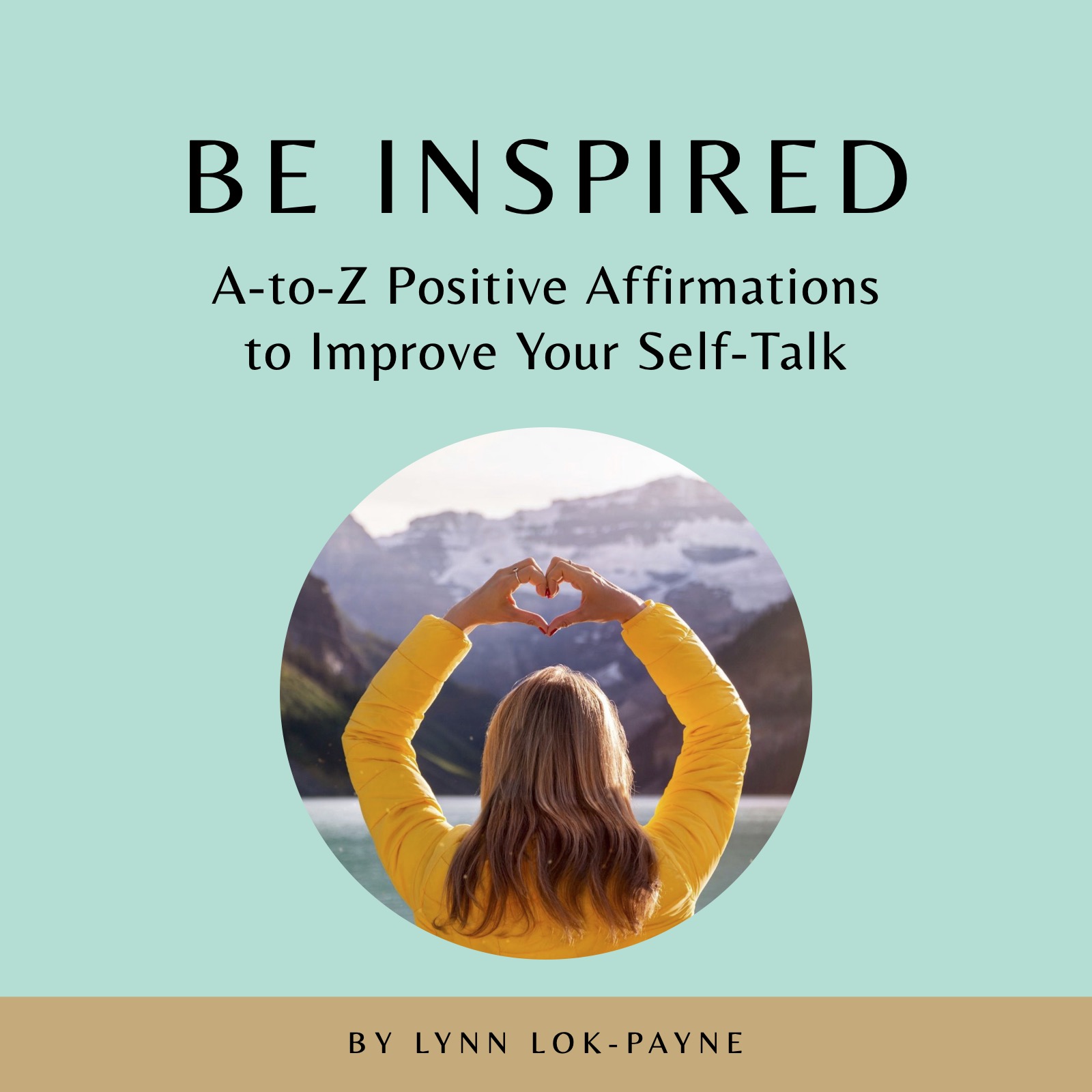
Affirmation: I consciously choose joy.
There are moments in life when choosing joy can be a difficult, if not impossible, task. I have experienced times where joy was nowhere to be found. Struggles and change can bring worry or pain. Rather than fighting against them, I’ve learned to accept that unwanted events are just a part of life. By lowering my resistance, I can move through challenging times with greater ease and allow more joyful opportunities to present themselves.
Often, it is my outlook on a situation that causes my distress. But I can consciously choose joy and have a more beneficial or empowering thought. I did just that during the worst period of my life. Instead of dwelling on loss, I began to look for things that gave me joy.
We cannot cure the world of sorrows, but we can choose to live in joy. — Joseph Campbell, American professor, author, editor
Three weeks after my husband’s death and the fire that had partially destroyed our home, I dropped out of life for several months. I needed to hibernate and make the pain go away—as if the loss had never happened. I desperately wanted my husband and my old life back. One morning, something changed. I don’t know why, but I woke up and decided to accept my circumstances. I made a conscious decision to start living again. At that moment, I clearly realized that I was physically existing in my body, but had not been fully present in mind or heart. In the mirror, the lifeless person staring back at me was unrecognizable. The thought of my sixteen-year-old daughter continuing to see a depressed mother was suddenly unbearable. I knew it was not healthy for either of us.
Wanting to heal my heart and regain some likeness of my prior self, I intentionally started seeking joy in ordinary things—a green light at an intersection, a favorite song on the radio, a sunny day. I had taken so much in life for granted. But now, I was finding joy, if only just for a split second, in everyday moments. And each time I found joy, I would say thank you. Of course, this change did not heal me overnight.
We have to embrace obstacles to reach the next stage of joy. — Goldie Hawn, American actress, happiness advocate, MindUp founder
Slowly, with practice and patience, small flashes of joy began to emerge. One morning while taking a walk, a hummingbird flew right in front of my face and hovered there. As I walked on, the hummingbird kept pace, flying alongside my head. A second hummingbird flew in and joined us, then the two of them fluttered off together. I was filled with wonder and my heart felt such happiness. From that moment on, I decided to look for joy everywhere in nature.
This experience made me more attentive to seeing butterflies swirling, squirrels frolicking, and beautiful white fluffy clouds floating gracefully in the brilliant blue sky. Had the hummingbird experience not occurred, all these other wonderful events may have gone unnoticed. I was appreciating and participating in life again, and for this, my heart felt truly grateful. Gratitude led me to joy.
Seek Happiness and Choose Joy
Joy is based not on a circumstance, but on our response. Reacting negatively to a situation can cause annoyance, upset, or impatience. Blaming thoughts, such as someone did me wrong or something caused this are crippling. Emotions mirror our words and thoughts. Although we can’t control others or external circumstances, we are in complete control of our reactions, so choose joy.
Nothing in the world can bother you as much as your own mind I tell you. In fact, when others seem to be bothering you, it isn’t others, it’s your own mind. — 14th Dalai Lama, Tibetan Buddhist monk, spiritual leader, peace activist
When we recognize that our responses come from an internal place, and not from the outside environment, then the external no longer has control over our thoughts and emotions. If we become annoyed or upset for an extended period of time, it’s because we are choosing to stay in a place of negativity rather than consciously trying to improve the situation, or at least help ourselves to move past it. At times, I have to pause and process my thoughts or emotions to avoid reacting negatively. Otherwise, I am allowing an outside situation to influence my response. Consciously choosing more beneficial thinking leads to less tension and more joyfulness.
Cultivate Happiness
Experts say joy comes from focusing on the good in our lives, helping others, and finding meaning and purpose. Kira M. Newman, at UC Berkeley’s Greater Good Magazine, states, “Fortunately, research suggests that happiness is something we can cultivate with practice.”1 Many studies have found that people can be happier just by thinking and acting differently.
Psychologist Deann Ware, PhD, explains that our brain cells communicate with each other and this connection strengthens over time. In his article “Neurons That Fire Together Wire Together” he states, “Messages that travel the same pathway in the brain over and over begin to transmit faster and faster. With enough repetition, they become automatic. That’s why we practice things like hitting a golf ball—with enough practice, we can go on automatic pilot.”2 Tasks such as riding a bike, driving a car, or learning a new job were difficult at first, but now are completed without consciously thinking about the how-to process. We operate by the systems we create.
Mindset Shift
Frequently, we make unconscious choices based on past experience. For example, if traffic delays have caused us anger or frustration in the past, when faced with a new delay, we are likely to repeat a previous response. Actions based only on prior experiences will bring similar results to new events. To receive a different outcome, our thinking must be changed. A traffic jam used to bother me until I realized there was nothing I could do about it—this setback was out of my control. Accepting the situation, releasing my expectations, and letting go melted away the stress. By revising our thoughts, we can form new neural pathways that will generate different behaviors. Change the response and the result changes.
Next time frustration arises from a traffic delay, switch to a positive or neutral reaction. Negative thoughts can be interrupted by listening to music, a podcast, or an audiobook—a pleasant distraction can transform the annoyance into a better experience. When stress levels are lowered, our impatience naturally begins to disappear. Releasing anything that causes tension brings us closer to a peaceful state.
By changing our mindset and looking at a situation from a more positive point of view, happiness can increase. For example, when anxiousness arises in me because the grocery line is not moving, I tell myself a minute or two more will not be a hardship. This immediately changes my energy and I can release the burden when I choose joy instead of a negative thought or feeling. Our thoughts follow our attention, so focus well.
Visualization and the Brain
Our brains cannot distinguish between what is real or what is imagined. There have been several studies performed to prove this. Harvard’s well-known piano study compared brain scans of people who actually played the piano to ones who only visualized playing it. According to Dr. David R. Hamilton, “The changes in the brain in those who [imagined] playing piano are the same as in those who actually played piano. Really, your brain doesn’t distinguish real from imaginary!”3
For decades, everyone from business leaders to sport coaches have discussed the power of visualization to achieve dreams. Now we have the science to back this up. Dr. Frank Niles, social scientist, states, “When we visualize an act, the brain generates an impulse that tells our neurons to ‘perform’ the movement. This creates a new neural pathway—clusters of cells in our brain that work together to create memories or learned behaviors—that primes our body to act in a way consistent to what we imagined. All of this occurs without actually performing the physical activity, yet it achieves a similar result.”4
Through visualization we create a conditioned response prior to the event. This can work in our favor or against us. If I envision beneficial outcomes, I help bring these experiences into my life. If I imagine unfavorable situations, I have set the stage for these types of events to occur. Our focus helps to shape our reality. We can choose a more beneficial response by how we view the situation.
Choose Joy
Two people can watch the same movie and one can walk away happy and the other one sad. Even though they both saw the same movie, they can have different reactions because of what they perceived or how they were feeling. What we look for, we find. Esther Hicks states in her book, The Law of Attraction, “Deliberately guiding your thoughts is the key to a joyful life, but desire to feel joy is the best plan of all.”5 What we think and feel, we will attract. Seek and choose joy and you will find it.
Visualize and feed the brain with more constructive thoughts and watch life improve. We create our experiences by where we place our attention. Begin the day and end each night by visualizing desires. Happiness, improved relationships, a new home or job, a more positive attitude about life—these things are all doable. Write down these dreams and look at them daily. And believe they are a possibility. Believing is the magic to achieving dreams.
The future belongs to those who believe in the beauty of their dreams. — Eleanor Roosevelt, First Lady, political activist, human rights leader
Want a new car? Visualize the color. Open the door and savor the new car smell. Imagine driving this new vehicle. What does the steering wheel feel like? How does it handle driving up a mountain road? Experience the satisfaction of owning this automobile.
To manifest a desire, imagine it has already happened. What does it feel like to have this dream become a reality? What thoughts run through the mind? Ones of joy, excitement, pride, or success? By lining up positive thoughts with our desires, dreams cannot help but manifest into our lives.
Joy is the Journey
But what if we try to create joy in life and it doesn’t work? After my tragedies, it felt like all hope and happiness were lost forever. Every time I got a glimpse at having a joyful life, another challenge would set me back. But I kept making little leaps toward joy, and gradually over the years, it emerged. Now I am able to stand in joy again. Looking back, I clearly see that holding onto a tragic story does not lead to healing but only keeps us living in a painful past. The pursuit of joy is the path to overcome any struggle.
Remind yourself daily that there is no way to happiness; happiness is the way. — Dr. Wayne Dyer, American philosopher, author, inspirational speaker
On a morning walk, I saw a yellow finch singing in a tree. In “Finch Animal Totem Symbolism,” Leah M. Bostwick writes, “The finch spiritual totem has been associated with tidings of joy and happiness in various Native American cultures…and [is] the perfect animal symbol of happiness and celebration.”6 The article goes on to state, “Above all, the finch animal totem speaks to our souls, reminding us to be open to the wonderful things that can happen to us at any time.”7 It was remarkable since I was about to edit this section on joy! Her writing sums up my entire chapter—reminding us that amazing things can appear in a moment. In this moment, I did choose joy.
Open Up To Joy
Open up to joy by asking yourself What makes me joyful? Your response will help you reflect on what made you happy in the past, and awareness of those memories and emotions can help you feel happiness in the present. If we think, feel, and desire joy, it will be attracted into our lives. We are the ones in control of our thoughts, therefore we are in charge of our own joy.
Watch your thoughts; they become words. Watch your words; they become actions. Watch your actions; they become habit. Watch your habits; they become character. Watch your character, it becomes your destiny. — Lao Tzu, Chinese philosopher, author
When we consciously create beneficial thoughts and emotions, we can design a better outcome. Having belief that you deserve joy brings in bliss, well-being, and new possibilities. We are meant to be happy—so choose joy!
Endnotes
1. Kira M. Newman, “Five Science-Backer Strategies For More Happiness,” Greater Good Magazine, Greater Good Science Center at UC Berkeley, March 16, 2016, https://greatergood.berkeley.edu/article/item/five_science_ backed_strategies_for_more_happiness.
2. Deann Ware, Ph.D., “Neurons That Fire Together Wire Together,” Daily Shoring, Accessed April 16, 2020, https://www.dailyshoring.com/neuronsthat-fire-together-wire-together/.
3. David R. Hamilton, Ph.D., “Does Your Brain Distinguish Real From Imaginary,” October 30, 2014, https://drdavidhamilton.com/does-your-braindistinguish-real-from-imaginary/.
4. Frank Niles, Ph.D. “How To Use Visualization To Achieve Your Goals,” HuffPost, August 17, 2011, https://www.huffpost.com/entry/visualizationgoals_b_878424.
5. Esther and Jerry Hicks, The Law of Attraction, (Carlsbad: Hay House, Inc, 2006), 64.
6. Leah M. Bostwick, “Finch Totem Animal Symbolism,” SunSigns, Accessed June 7, 2020, https://www.sunsigns.org/finch-bird-totem-symbolism-meanings/
7. Ibid.





